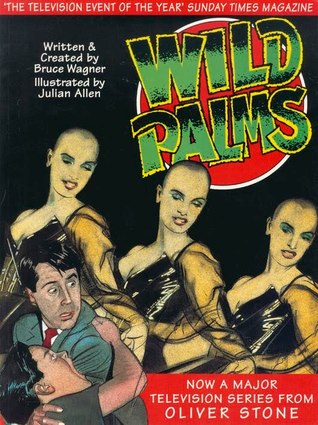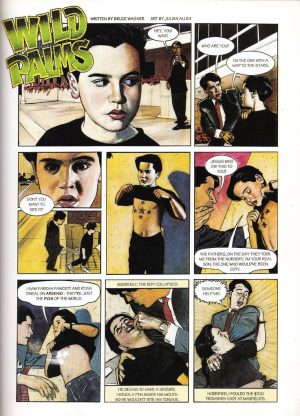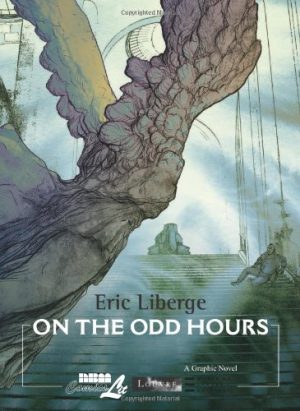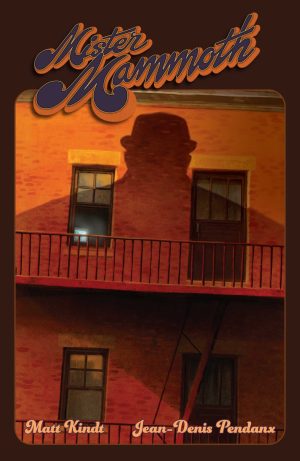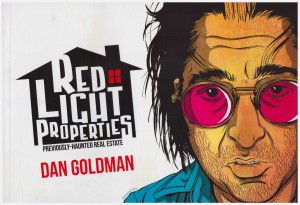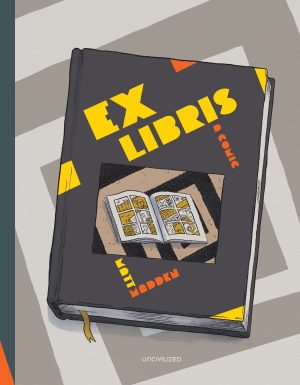Review by Diego Guerra
In 1990, James Truman, the editor of Details magazine, commissioned novelist and screenwriter Bruce Wagner to create a postmodern comic in line with the publication’s style. Wagner proposed Wild Palms, a highly original and peculiar story for its time.
The narrative revolves around Harry Wyckoff, a lawyer who confronts two rival factions, The Fathers and The Friends, controlling the Hollywood underworld in Los Angeles. Harry discovers his whole world is false; his mother-in-law is not his wife’s mother but her lover, his son Coty, a Macaulay Culkin-like child star, is not his biological son and everything he believes is a lie. The Fathers have devised a complex scheme involving virtual reality and designer drugs to subjugate society.
As Harry, guided by The Friends and amidst hallucinations, finally discovers his true son—the one with a map of the stars tattooed on his body—it may already be too late.
Wild Palms was serialized in brief instalments of two to four pages over two years, creating interesting situations when read continuously. Seeing the logo and the (to be continued) sign every four pages evokes thoughts of old comics, Sunday serials, or 1930s serial novels.
However, it is also an adult fantasy, a paranoid vision of popular culture, and an open critique of the system during the AIDS scare. Set in a very near future where technology plays a crucial role, it is enriched with the aesthetics of cyberpunk, drawing inspiration from the work of William Gibson, but also of great postmodern writers like Don DeLillo, and Bret Easton Ellis.
The work is full of irony and satire aimed at the frivolous world of show business, offering a bitter parody of the Hollywood universe. It doesn’t shy away from criticizing elitism or ridiculing Scientology, referred to here as Synthiotics.
In the graphic part, there is an intriguing contrast between Wagner’s literary verbosity, which unfolds in long but always interesting blocks of text, and the artwork by Julian Allen, a talented illustrator with a background outside comics. Allen’s hyper-realistic style achieves a distancing effect from the text. He definitively uses photographs as references, but in the facial expressions he takes ownership of the characters, creating a fascinating aesthetic. The illustrator plays with page design, sometimes using a conventional grid, and other times dismantling panels to create pages that resemble paintings.
Wild Palms is an original book that withstands multiple readings due to its rich details. While it tells a solid story, it does so in an unconventional manner, with a strange sequence that, at times, feels like a dream. It is a true work of art, perhaps ahead of its time. Despite being part of a cutting-edge magazine, its impact on the comic world was not significant, possibly because it wasn’t published within the circuit of works from the same era like Daniel Clowes’ Like a Velvet Glove Cast in Iron or Watchmen by Alan Moore and Dave Gibbons.
It’s a valuable and unfortunately discontinued comic that was adapted into a not-so-great television series. As a final detail, in the book, Coty, Harry’s son, stars in the film Map of the Stars. In reality, in the 21st century, this film would be brought to the screen with a script by Bruce Wagner and directed by David Cronenberg.
